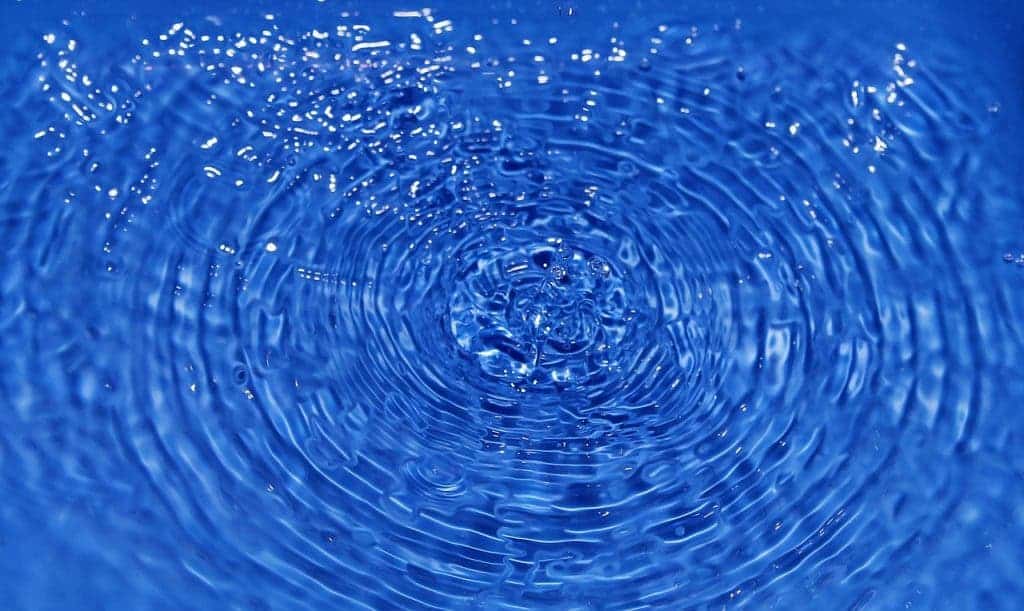Physicists have crammed water inside extremely small cracks about ten-billionth of a meter and found the molecules entered a never before seen state. In this brand new state, the water molecules don’t adhere to strict laws of classical physics anymore, nor do they behave like a liquid, gas or solid. This weird quantum state has no parallel in our everyday life but nevertheless seems to be a fundamental behaviour of water.

In nature, water infiltrates any nook and cranny. You can find it in soils, but also tiny space like a cell’s walls or within a mineral. Scientists at Oak Ridge National Laboratory investigated what happens to water when it occupies a small space inside a beryl mineral. The beryl channels were only 5 angstroms, where an angstrom is 10 to the power -10 meters.
Well beyond the nano level, the water molecules behaviour became mainly influenced by quantum physics.
“At low temperatures, this tunneling water exhibits quantum motion through the separating potential walls, which is forbidden in the classical world. This means that the oxygen and hydrogen atoms of the water molecule are ‘delocalized’ and therefore simultaneously present in all six symmetrically equivalent positions in the channel at the same time. It’s one of those phenomena that only occur in quantum mechanics and has no parallel in our everyday experience,” the researchers explain in Physical Review Letters.
A single water molecule is made up an oxygen atom and two hydrogen atoms. The mineral’s channels, which were small enough to allow only one water molecule to sit inside, have a hexagonal shape due to the crystal structure of beryl. Strikingly, the hydrogen atoms occupied each of the six sides of the channel, with the oxygen atom at the center. Though there were only two hydrogen atoms, these occupied six different symmetric orientations simultaneously.

To observe this quantum weirdness, the researchers used neutron scattering — an imaging technique that can expose material properties at the atomic level.
This is the first time such a behaviour has been observed, and physicists aren’t sure how to interpret this newly found knowledge. This happens all the time, though and there are already some potential advantages. For instance, researchers who work with water diffusion through materials that mimic cell walls might find all of this extremely useful.
“This discovery represents a new fundamental understanding of the behaviour of water and the way water utilises energy,” said Oak Ridge researcher Lawrence Anovitz.


